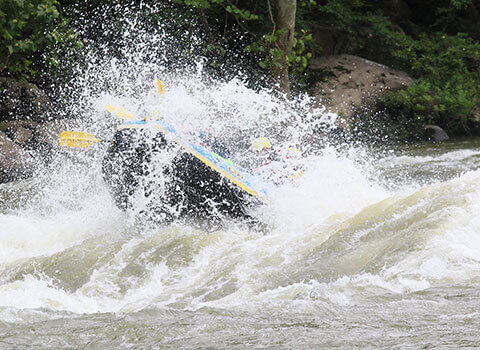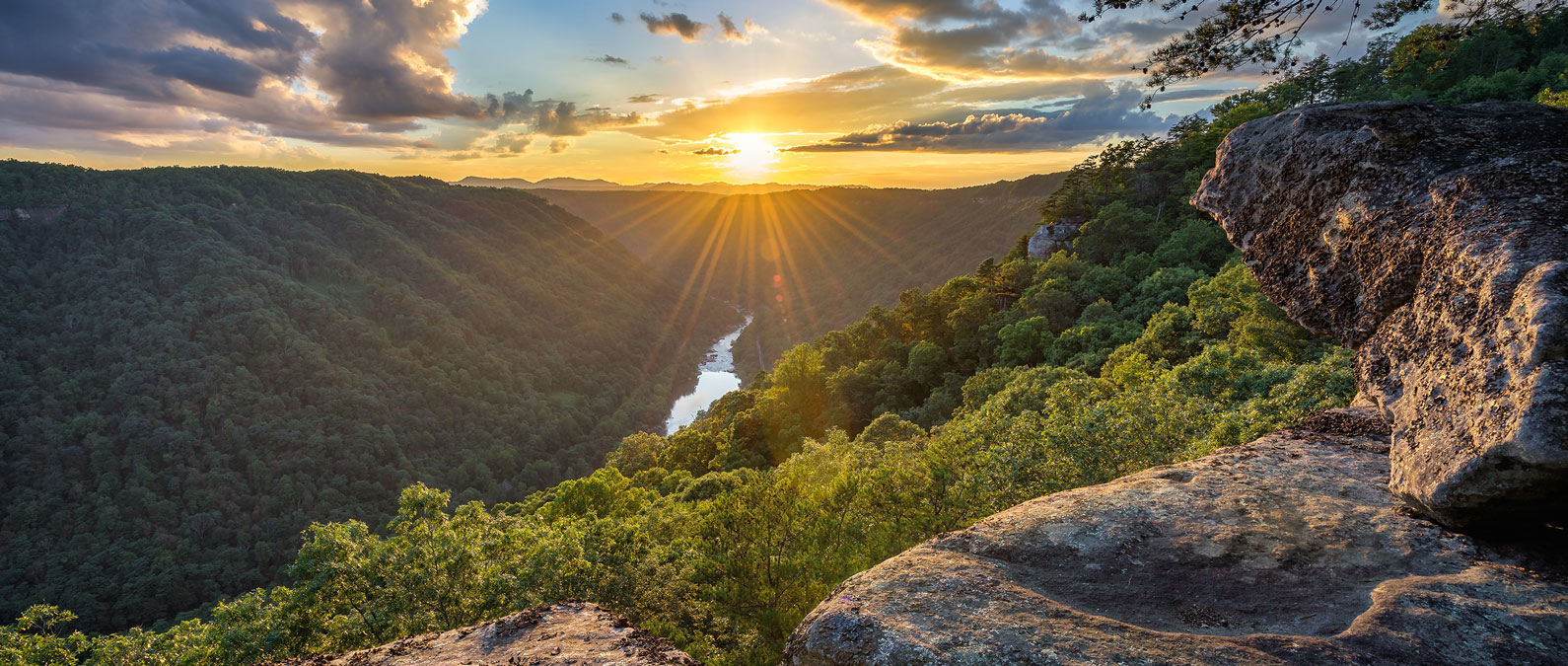Rafting or white water rafting is a challenging recreational outdoor activity using an inflatable raft to navigate down a river. White water is the term used to describe rough water, caused by large volumes of water rushing over and around obstacles in a river. Rafting on this type of water can be likened to riding on a very wet roller coaster!
There are six classes of river difficulty in white water rafting. They range from simple to very dangerous. However the overall risk level on a rafting trip with experienced guides using proper precautions and equipment is low. Hundreds of thousands of people safely enjoy white water rafting trips every year, but you should be aware of the level of water you are going to experience.
These are the whitewater grades and their definitions:
Class 1: Very small rough areas, might require slight maneuvering. Beginners can enjoy this type of water.
Class 2: Some rough water, maybe some rocks, might require some maneuvering. Basic paddling skills are needed to enjoy this type of water.
Class 3: Whitewater, in that the water does appear white due to all the bubbles, small waves, maybe a small drop, but no considerable danger. This class may require significant maneuvering in the raft. Experienced and strong paddling skills are needed at this level. This level is not recommended for people under the age of 12.
Class 4: Whitewater, medium waves, maybe rocks, maybe a considerable drop, sharp maneuvers may be needed. This level should not be attempted without experience. This level is not recommended for people under the age of 16.
Class 5: Whitewater, large waves, large volume, possibility of large rocks and hazards, possibility of a large drop, requires precise maneuvering. This level should be attempted by people with advanced whitewater experience. Only adults in good health should attempt this level.
Class 6: Class 6 rapids are considered to be so dangerous as to be effectively unnavigable on a reliably safe basis. Rafters can expect to encounter huge waves, rocks and hazards, and substantial drops beyond the safety limitations of almost any type of rafting equipment. Rafting a river with Class 6 rapids has a much higher likelihood of ending in serious injury or death. Successful completion of a Class 6 rapid without serious injury or death is often considered to be due to luck or extreme skill. Only adults in good health, with excellent rafting skills and top quality equipment should try this level, and then only with great caution.
The New River and Gauley River in West Virginia offer a wide variety of classes of whitewater, depending on the river water volume and the time of year. The Gauley River is also a controlled-release river in the Fall, when water from the river’s dam is released over 6 weekends in the Fall, creating world-famous Class 5 rapids.






